Triassic Formations - Dinosaur Fossil Sites
The Triassic period was when dinosaurs were born. In Argentina, formations containing the oldest dinosaurs are exposed.
Ischigualasto Formation (Argentina)
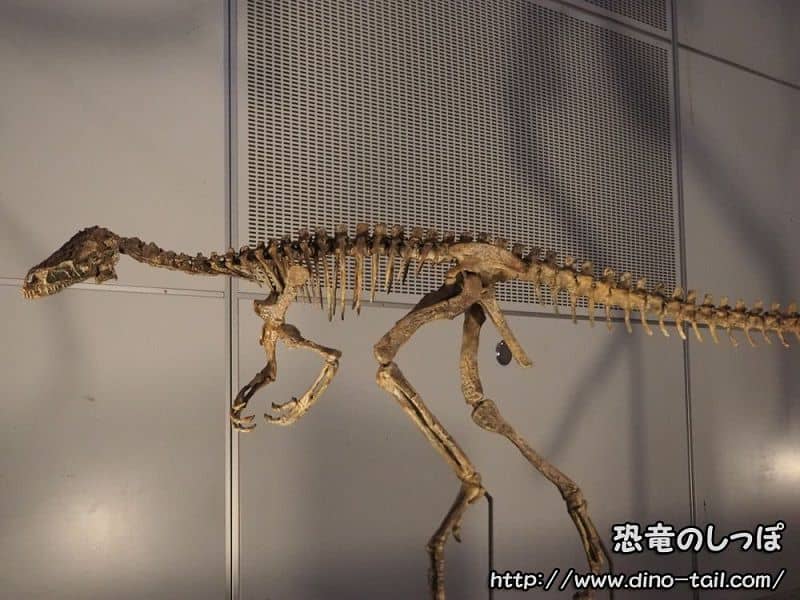
The Ischigualasto Formation is located within the Ischigualasto Provincial Park, near the border with Chile. It contains formations from about 230 million years ago—the earliest dinosaur period—and is believed to hold the key to solving the mystery of dinosaur evolution and emergence.
In the Late Triassic, this area was a floodplain with heavy rainfall during the wet season. It was a lush land with wide rivers. Many synapsids, crocodile relatives, and herbivorous dicynodonts roamed, while the carnivorous Saurosuchus, reaching 7 meters in length, was at the top of the food chain. Dinosaurs were still small and not at the top of the food chain. The Triassic was an era where it was uncertain which lineage would become the ruler of the next generation.
Main dinosaurs discovered in the Ischigualasto Formation:
- Eoraptor (Sauropodomorpha)
- Herrerasaurus (Theropoda)
- Pisanosaurus (Ornithopoda)
Jurassic Formations - Dinosaur Fossil Sites
The Jurassic was a period when dinosaurs grew larger and diversified.
The representative formations and sites are the Morrison Formation in the United States and Solnhofen in Germany.
Shishugou Formation (Dzungar Basin) (China)
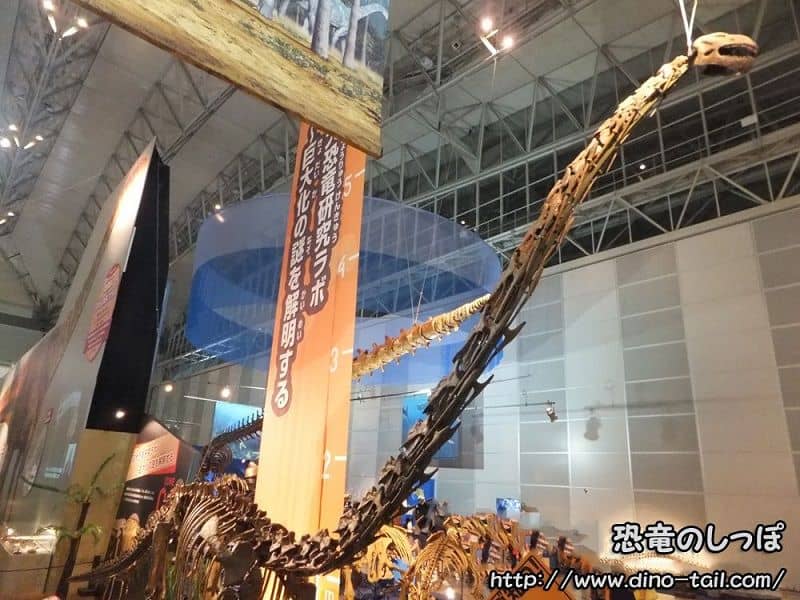
In the northern part of the Xinjiang Uyghur Autonomous Region of China, the Dzungar Basin was formed, and the Shishugou Formation, deposited about 164-159 million years ago, is widespread. Although it is now a desert and wilderness area, it is believed that in the Middle and Late Jurassic, there was a lake surrounded by lush alluvial fans.
Main dinosaurs discovered in the Shishugou Formation (Dzungar Basin):
- Mamenchisaurus (Sauropodomorpha)
- Guanlong (Theropoda)
- Sinraptor (Theropoda)
- Limusaurus (Theropoda)
Morrison Formation (USA)

The Morrison Formation is a formation from about 155-148 million years ago, centered on Colorado and Wyoming on the eastern side of the Rocky Mountains in North America, and extending north to Montana, east to South Dakota, west to Utah, and south to New Mexico. Because it covers such a vast area, the depositional environments were varied, and it is covered with sandstone, mudstone, shale, and limestone, with various types of soil exposed in characteristic colors.
Sandstone indicates the presence of dunes at the time, mudstone was deposited on flat land by floods during the rainy season, and layers of shale and limestone were formed in quiet waters such as ponds and lakes.
From estimates of the carbon dioxide concentration at the time, it is estimated that this area had a warm environment with an average temperature of 20°C even in winter and 40-45°C in summer. The representative dinosaurs of the Jurassic period roamed here.
Main fossil sites where the Morrison Formation is exposed:
- Dinosaur National Monument, Utah
- Cañon City, Colorado
- Morrison, Colorado
- Como Bluff, Wyoming
- Cleveland-Lloyd Dinosaur Quarry, Utah
- Dry Mesa Dinosaur Quarry, Colorado
The Morrison Formation has a special fossil site for Allosaurus: the Cleveland-Lloyd Dinosaur Quarry in Utah. Over 10,000 dinosaur fossils have been excavated from this site, 70% of which are from Allosaurus. Although sauropods and stegosaurs are also found, they are overwhelmingly in the minority.
From an ecological common sense perspective, large predators (carnivorous dinosaurs) should have a smaller population than the herbivorous dinosaurs they prey on, but this is reversed at this excavation site. The currently leading hypothesis is that "a few herbivorous dinosaurs first got stuck in the mud and couldn't move, and Allosaurus, seeing this, approached the swamp one by one and got stuck, creating a trap that attracted more and more large predators."
Main dinosaurs discovered in the Morrison Formation:
- Apatosaurus (Sauropodomorpha)
- Allosaurus (Theropoda)
- Camarasaurus (Sauropodomorpha)
- Camptosaurus (Ornithopoda)
- Stegosaurus (Thyreophora)
- Diplodocus (Sauropodomorpha)
- Mymoorapelta (Thyreophora)
- Brachiosaurus (Sauropodomorpha)
Solnhofen (Germany)
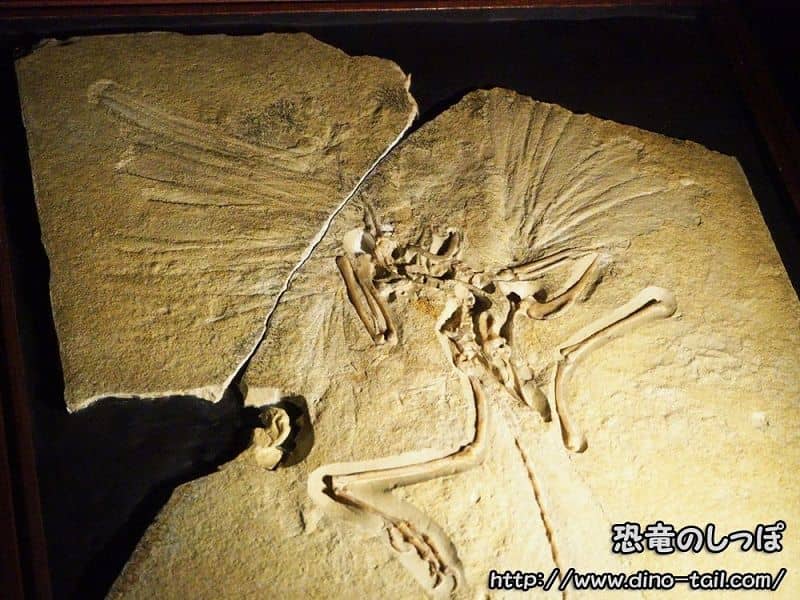
Solnhofen is probably the most famous fossil site in the world. In the Bavarian region of southern Germany, limestone deposited in the Late Jurassic—about 150 million years ago—is distributed over an area of about 100 km east-west and 50 km north-south, and all Archaeopteryx discovered to date have been found near Solnhofen.
In the Late Jurassic, this area was a lagoon inside a coral reef where fine limestone was deposited. While fish and planktonic plants and animals lived near the surface, the bottom was extremely oxygen-deficient. Also, a semi-arid climate caused water to evaporate, and high salinity levels persisted. The reason this site yields rare fossils is that the bottom was a terrible environment for living things—high in salinity and nearly anoxic, an environment where even microorganisms that decompose carcasses could not survive. Plants and animals that died and sank to the bottom were less likely to rot or be decomposed, and thus were preserved as well-preserved fossils. In addition to Archaeopteryx, over 600 species of diverse fossils have been discovered, including ammonites, horseshoe crabs, fish, shrimp, starfish, insects, and sea lilies.
Main prehistoric creatures discovered in Solnhofen:
- Archaeopteryx (Theropoda)
- Compsognathus (Theropoda)
- Rhamphorhynchus (Pterosaur)
- Pterodactylus (Pterosaur)
- Mesolimulus (Horseshoe crab (Arthropoda))
- Aeger (Shrimp, Crustacean)
- Geocoma (Sea lily (Echinodermata))
- Saccocoma (Sea lily (Echinodermata))
The Jurassic Coast (UK)
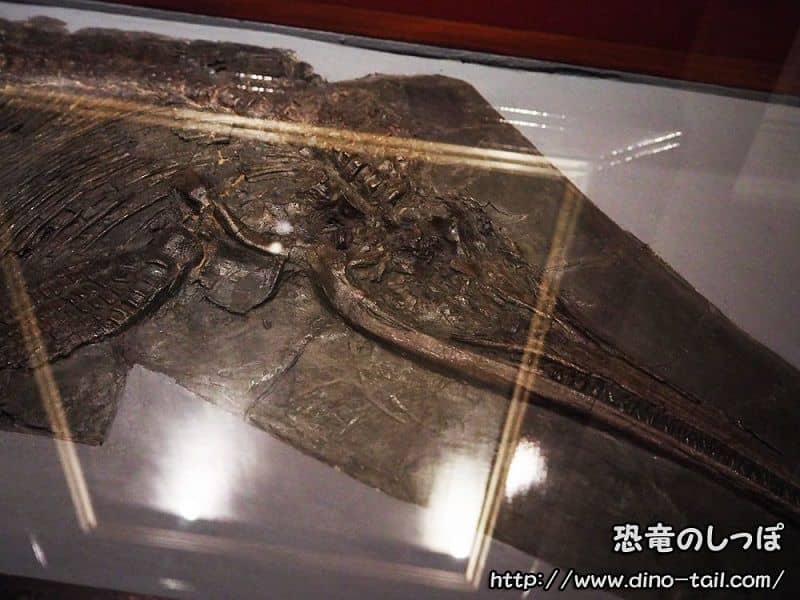
The Jurassic Coast is a coastline facing the English Channel in southern England. The cliffs consist of rock layers formed in the Triassic, Jurassic, and Cretaceous periods, enclosing a biota spanning about 185 million years.
In the Triassic, this area was a desert, but in the Jurassic, it became part of a tropical sea, and in the Cretaceous, it was covered by swamps.
This land is also famous for being the base of operations for the paleontologist and fossil collector Mary Anning, who was active from 1811-1847.
It was registered as a UNESCO World Heritage Site in 2001 under the name "Dorset and East Devon Coast" as "an outstanding example representing major stages of Earth's history."
At mineral shows (sales of minerals and fossils), many ammonite fossils from the Jurassic Coast are on display.
Main fossils discovered on the Jurassic Coast:
- Ichthyosaurus (Ichthyosaur)
- Plesiosaurus (Plesiosaur)
- Dimorphodon (Pterosaur)
Cretaceous Formations - Dinosaur Fossil Sites
This was a period that saw the flourishing of dinosaurs and their decline towards extinction. The Hell Creek Formation in the United States, which contains Tyrannosaurus and Triceratops, is famous, but recently, feathered dinosaurs from the Jehol Group in China have been attracting attention.
Jehol Group (China)
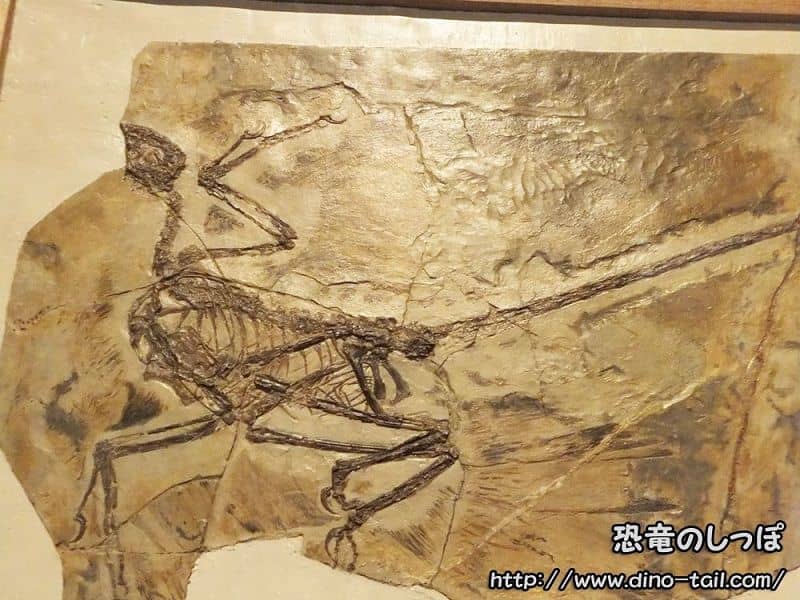
The Jehol Group is a formation from the Early Cretaceous—about 130-110 million years ago—that spreads across western Liaoning Province, China.
It contains many deposits from well-developed lake and river systems and volcanic eruptions, and fossils with fine details such as fish scales and insect wings are found preserved in the fine sediment.
The Jehol Group particularly gained attention with the discovery of the first feathered dinosaur, Sinosauropteryx, described in 1996. Since then, discoveries of feathered dinosaurs have continued in the Jehol Group. "Why are so many feathered dinosaurs found in the Jehol Group?" A major reason is thought to be that the fossils in the Jehol Group were buried in fine-grained limestone, which allowed the delicate traces of feathers to be preserved in good condition. Also, research results indicate that the average temperature of this land at the time was about 10°C (equivalent to the northern Tohoku region of Japan today). The external environment of the Jehol Group may have promoted the development of feathers.
Main dinosaurs discovered in the Jehol Group:
- Psittacosaurus (Marginocephalia)
- Microraptor (Theropoda)
- Sinosauropteryx (Theropoda)
- Sinovenator (Theropoda)
- Jeholosaurus (Ornithopoda)
- Dilong (Theropoda)
- Mei (Theropoda)
- Yutyrannus (Theropoda)
Dinosaur Park Formation (Canada)

The Dinosaur Park Formation is a formation from about 75 million years ago that spreads across Dinosaur Provincial Park in Alberta, Canada (also a UNESCO World Heritage Site).
The park is located in the badlands terrain of the Red Deer River valley and yields many dinosaurs.
Main dinosaurs discovered in the Dinosaur Park Formation:
- Euoplocephalus (Thyreophora)
- Edmontonia (Thyreophora)
- Ornithomimus (Theropoda)
- Chasmosaurus (Marginocephalia)
- Corythosaurus (Ornithopoda)
- Stegoceras (Marginocephalia)
- Styracosaurus (Marginocephalia)
- Daspletosaurus (Theropoda)
- Dromaeosaurus (Theropoda)
- Parasaurolophus (Ornithopoda)
Lance Formation (USA)
The Lance Formation is a formation deposited about 69-66 million years ago that spans across Wyoming.
At that time, this land had a subtropical climate. Most of the fossils found are terrestrial to freshwater animals, but some marine fossils are also found, suggesting that the sea was nearby.
Main dinosaurs discovered in the Lance Formation:
- Ankylosaurus (Thyreophora)
- Edmontosaurus (Ornithopoda)
- Triceratops (Marginocephalia)
- Torosaurus (Marginocephalia)
Hell Creek Formation (USA)
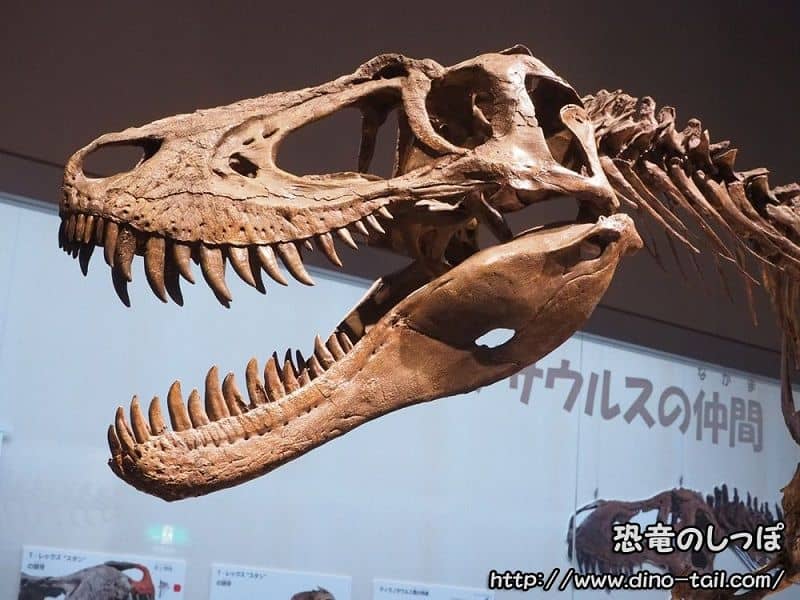
The Hell Creek Formation is a formation from about 66 million years ago that spans across Montana, North Dakota, South Dakota, and Wyoming in the United States.
Some locations show the K-Pg boundary, which marks the transition from the end of the Cretaceous to the Cenozoic.
It yields many fossils, including dinosaurs, and it is known that it had a subtropical climate at the end of the Cretaceous.
The proportion of dinosaur families found in the Hell Creek Formation is said to be: Ceratopsidae 61%, Hadrosauridae 23%, Ornithomimidae 5%, Tyrannosauridae 4%, Hypsilophodontidae 3%, Dromaeosauridae 2%, and Pachycephalosauridae 1%.
Main dinosaurs discovered in the Hell Creek Formation:
- Ankylosaurus (Thyreophora)
- Edmontosaurus (Ornithopoda)
- Struthiomimus (Theropoda)
- Tyrannosaurus (Theropoda)
- Triceratops (Marginocephalia)
- Torosaurus (Marginocephalia)
- Pachycephalosaurus (Marginocephalia)
